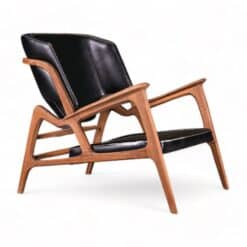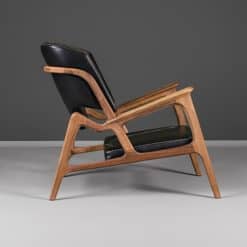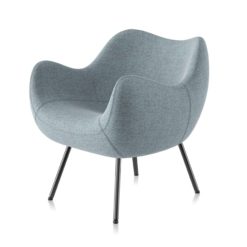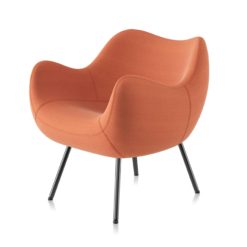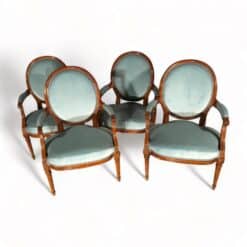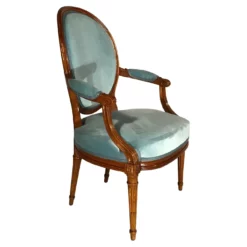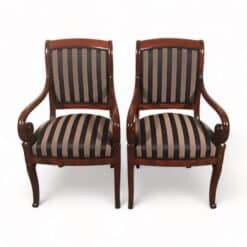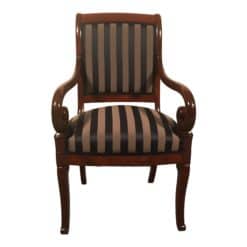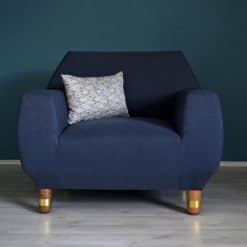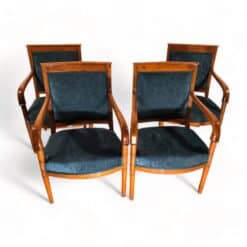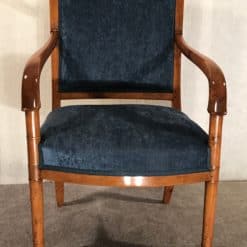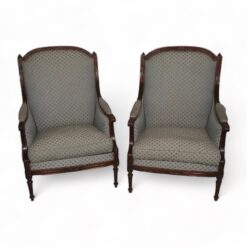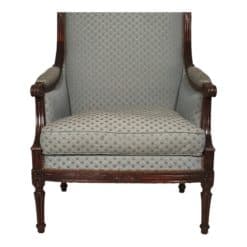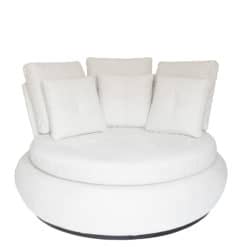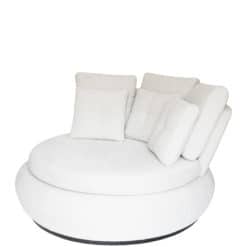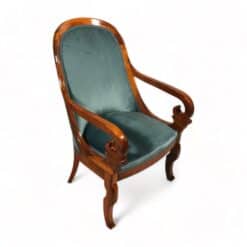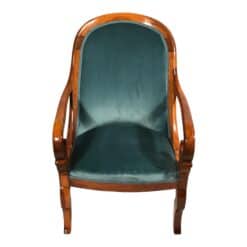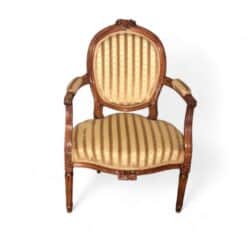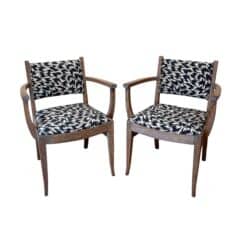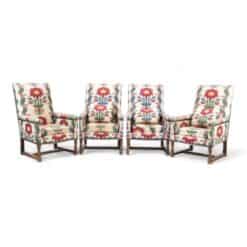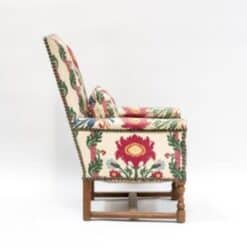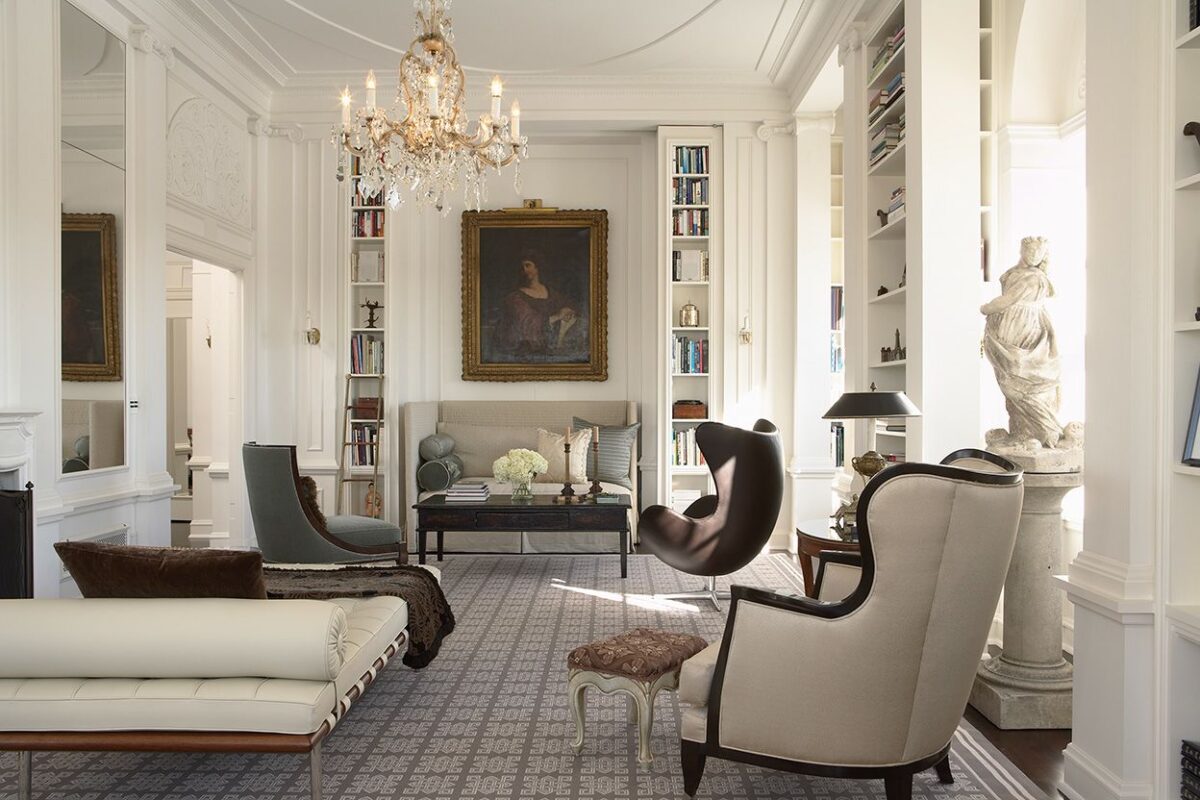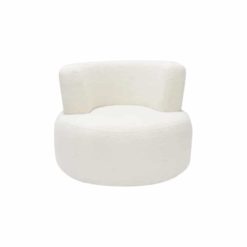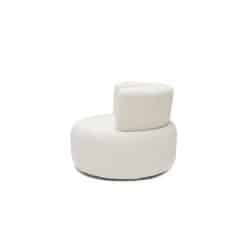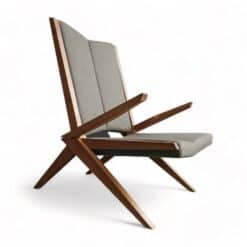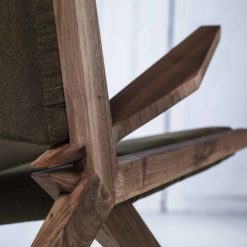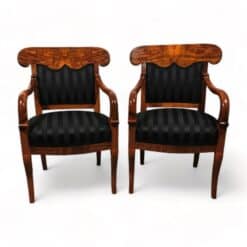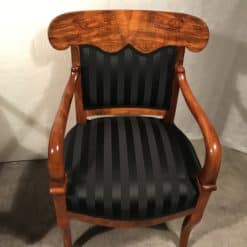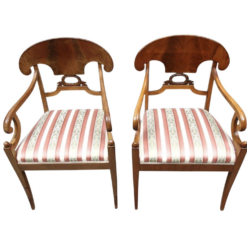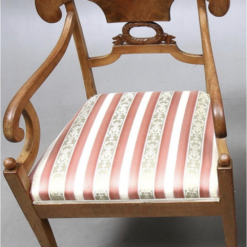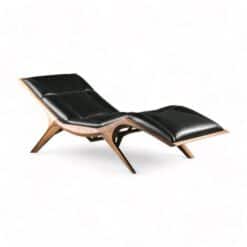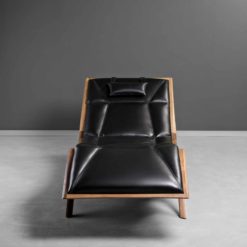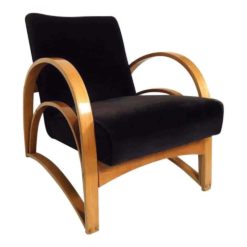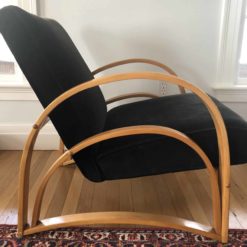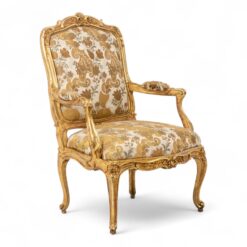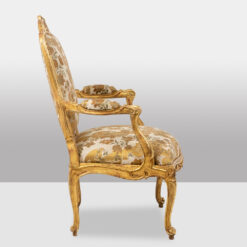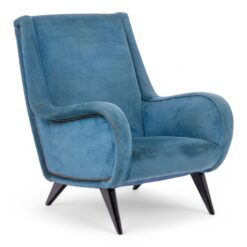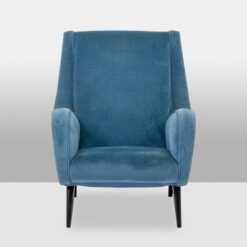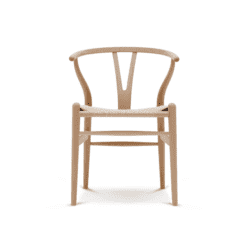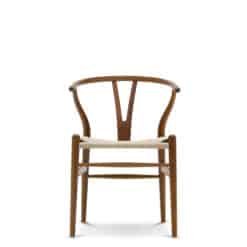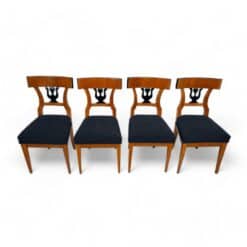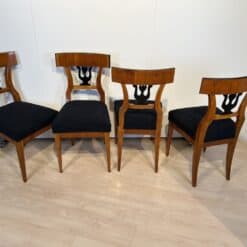Best Sellers
Chairs, Furniture, Style, Styylish History
The Evolution of Antique Seating Arrangements
From Salon to Living Room: The Evolution of Antique Seating Arrangements
The way we arrange our furniture speaks volumes about how we live—and how we connect. Today’s open-plan living rooms, built for conversation and comfort, owe a surprising debt to antique seating traditions that began in European salons centuries ago. In this article, we explore the evolution of seating arrangements from the 18th century to the present—and how antique pieces can bring elegance and purpose to modern interiors.
The Salon: Where Conversation Reigned
In 18th-century France, the salon wasn’t just a room—it was a social stage. Aristocrats and intellectuals gathered to exchange ideas in elegantly appointed spaces, where furniture played a key role in shaping interaction. Seating was typically arranged in circular or semi-circular layouts to encourage dialogue, eye contact, and equality among guests.
Armchairs, settees, and benches were often lightweight and movable, allowing hosts to reconfigure the space to suit each occasion. Upholstery was refined but restrained—encouraging posture and attentiveness rather than lounging.

Key pieces of the salon era:
-
Louis XV bergères and fauteuils
-
Small settees and canapés
-
Gilded stools and ottomans
These layouts celebrated intimacy and intellectual exchange. And while modern gatherings might involve a glass of wine rather than Voltaire, the principles still apply.
The Empire Period: Seating with Structure
As the Napoleonic Empire rose, so did a more formal, architectural approach to interiors. Empire-style seating—rooted in classical Roman motifs—was more symmetrical and commanding. Pieces were often arranged along walls or in mirrored pairs, reinforcing the grandeur and control of the space.
Chairs and sofas in this era gained visual weight: fluted legs, carved swan arms, and dark woods like mahogany conveyed authority. Public rooms in affluent homes became display spaces for order and discipline, not just conversation.
Styling tip:
Use pairs of Empire armchairs to frame a fireplace or console. Their sculptural presence adds drama to contemporary spaces without overwhelming.
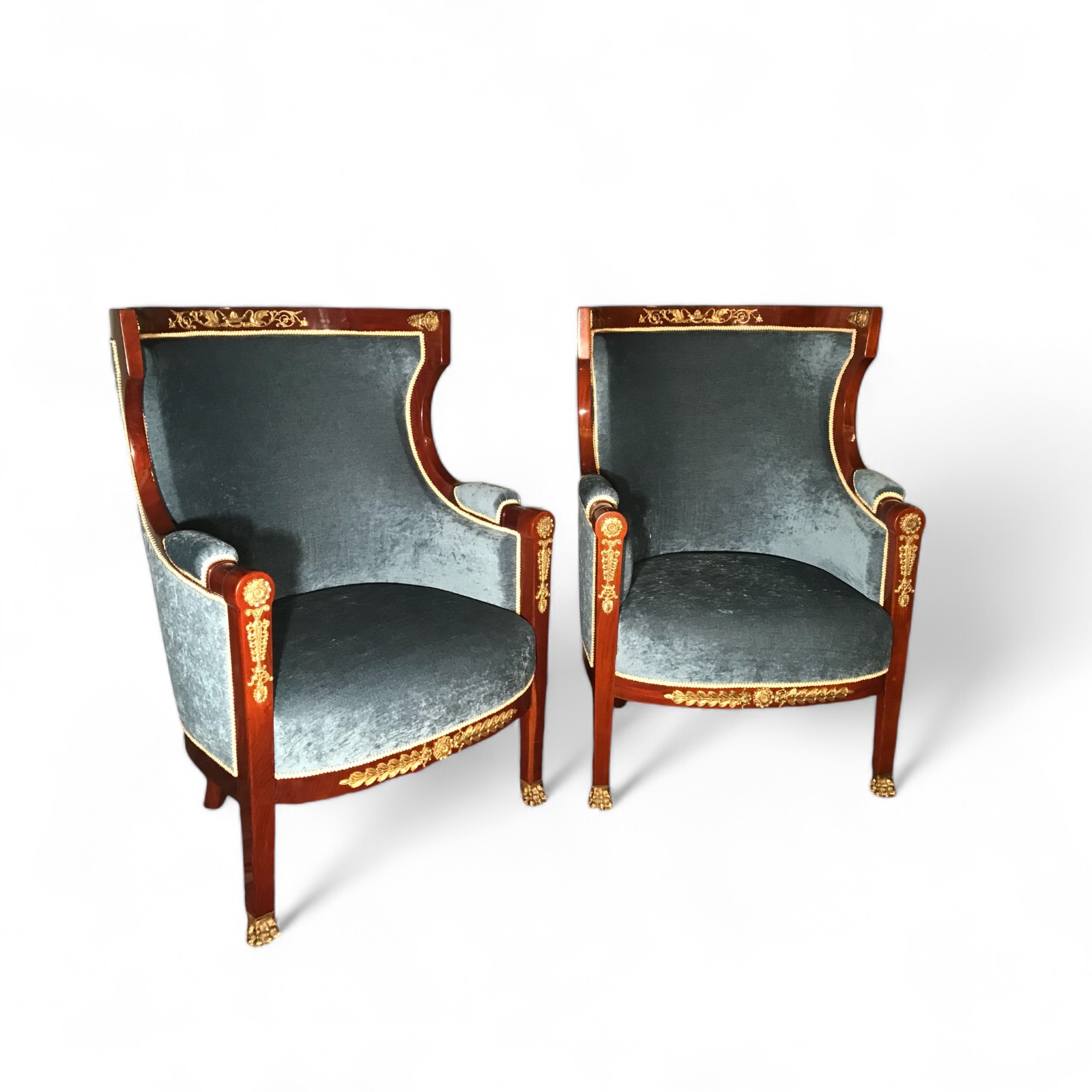
Biedermeier: The Democratic Salon
In the early 19th century, the Biedermeier period brought furniture design into the hands of the rising middle class. Unlike aristocratic French salons or stately Empire halls, Biedermeier interiors focused on comfort, simplicity, and functionality—without sacrificing beauty.
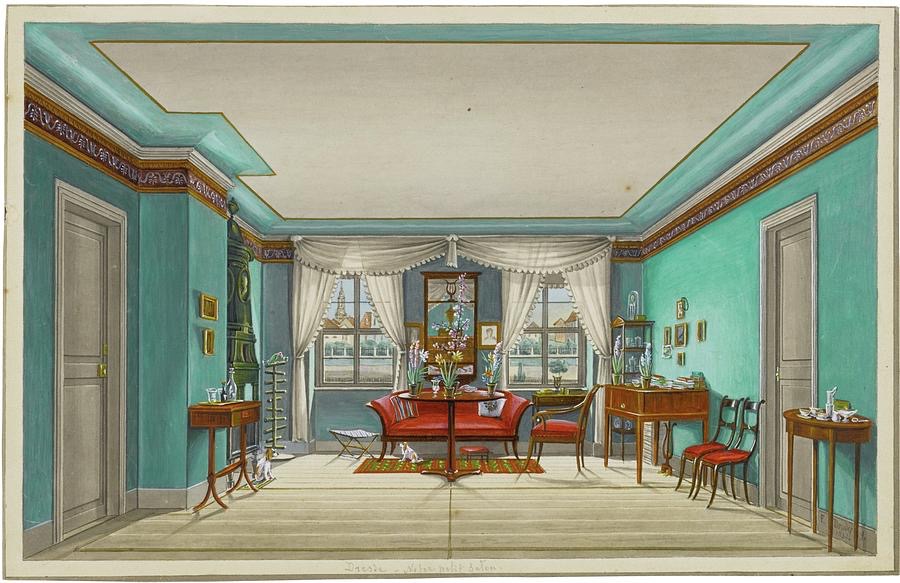
Seating arrangements in Biedermeier homes were modest and thoughtful. Sofas were placed near windows for reading and conversation, while chairs were positioned to facilitate family gatherings. This was furniture for daily life, designed to be used and enjoyed.
Biedermeier also popularized the idea of corner arrangements and centerpiece tables, inviting multiple uses of the same space throughout the day.
Why it matters today:
Biedermeier seating fits perfectly into minimalist modern interiors. Its clean lines, light woods, and elegant proportions make it a favorite among designers looking to add warmth and heritage without fuss.
Victorian Eclecticism: Layers of Comfort
By the mid-19th century, Victorian sensibilities brought a dramatic shift. Interiors became more layered, more upholstered, and more decorative. Parlor rooms and drawing rooms were filled with deep seats, tufted backs, and heavy textiles.
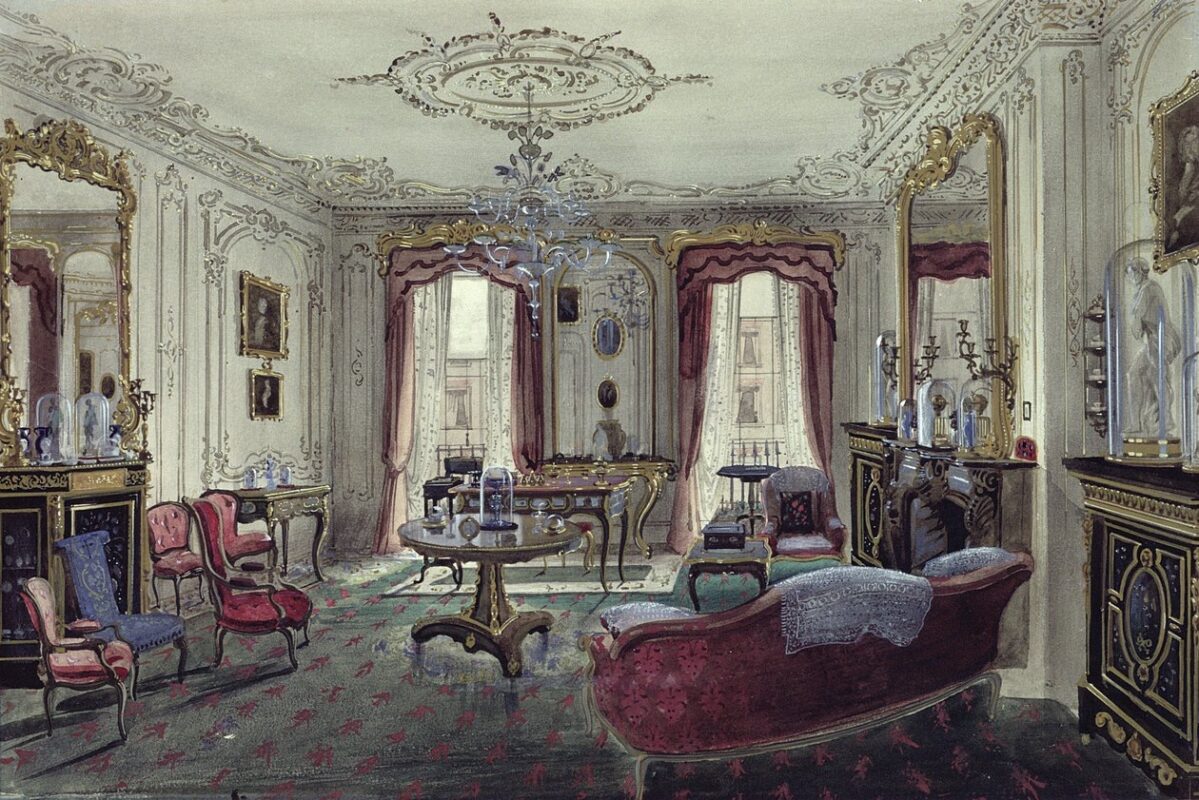
Unlike the salon or Biedermeier traditions, Victorian seating arrangements emphasized abundance over symmetry. Multiple chairs and sofas—each in different styles—were spread throughout the room, encouraging guests to find their own corner.
While the aesthetic can feel maximalist today, there’s much to borrow:
-
Mix and match antique chairs in a reading nook
-
Add a Victorian slipper chair as a soft accent piece
-
Use richly upholstered armchairs to bring color and texture to a neutral room
Modern Lessons from Antique Seating Arrangements and Layouts
Antique seating arrangements were about more than aesthetics—they were rooted in social behavior, movement, and flexibility. By studying these traditions, we gain insight into how to build living spaces that feel inviting, purposeful, and layered with meaning.
Here are a few ways to bring these ideas into your home:
1. Float the Furniture
Instead of pushing sofas and chairs against the walls, create conversation zones with pieces in the center of the room—just like in 18th- and 19th century salons. This adds flow and makes the space feel curated rather than cramped.
2. Mix Periods Thoughtfully
Pair a sleek contemporary sofa with a pair of Empire-style armchairs, or flank a Biedermeier settee with modern side tables. The contrast between old and new enhances both.
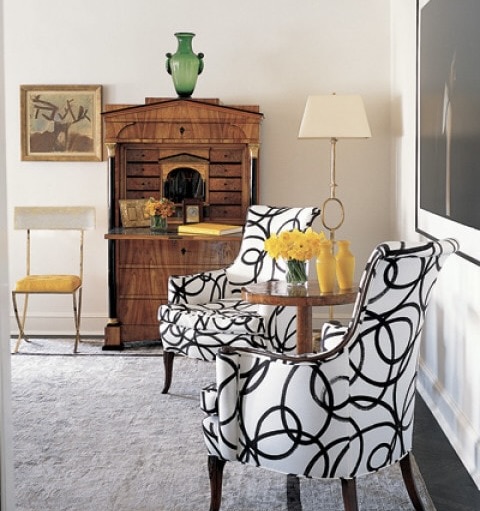
3. Create a Focal Point
Antique seating works beautifully around a statement piece: a marble-topped center table, a striking rug, or a fireplace. Anchor the arrangement to give the room structure.
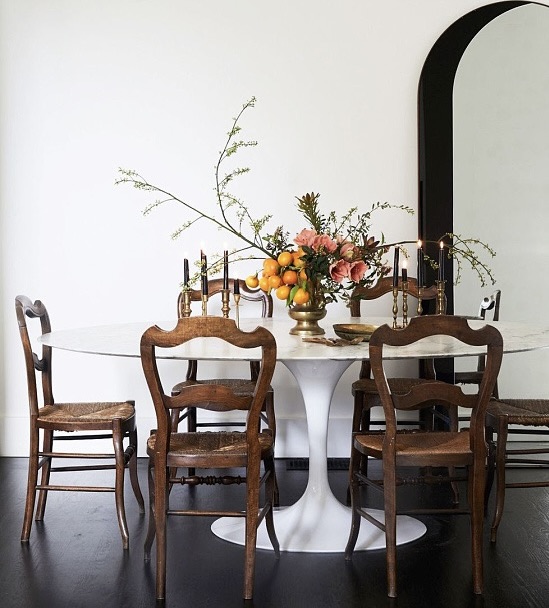
4. Allow for Movement
In salons and parlors, furniture was often repositioned for different events. Consider lightweight antique chairs that can easily shift from reading to entertaining.
Why Invest in Antique Seating?
Beyond aesthetics, antique seating offers superior craftsmanship, unique design, and sustainability. Each piece has a story—whether it once sat in a Viennese parlor or a Parisian townhouse—and brings character to even the most contemporary home.
At Styylish, we curate antique chairs, settees, and sofas that bridge past and present. Every piece is chosen not just for beauty, but for its ability to elevate how we live today.
Final Thoughts: Seating as a Social Tool
From French salons to modern living rooms, how we arrange our seating is deeply connected to how we host, relax, and relate. Antique pieces don’t just add charm—they bring history, craftsmanship, and intentionality to our homes.
By revisiting the seating arrangements of the past, we find ideas that are more relevant than ever: conversation over distraction, craftsmanship over convenience, and elegance that never goes out of style.
Explore the Styylish collection of antique seating to find the perfect piece for your living room’s next chapter.

